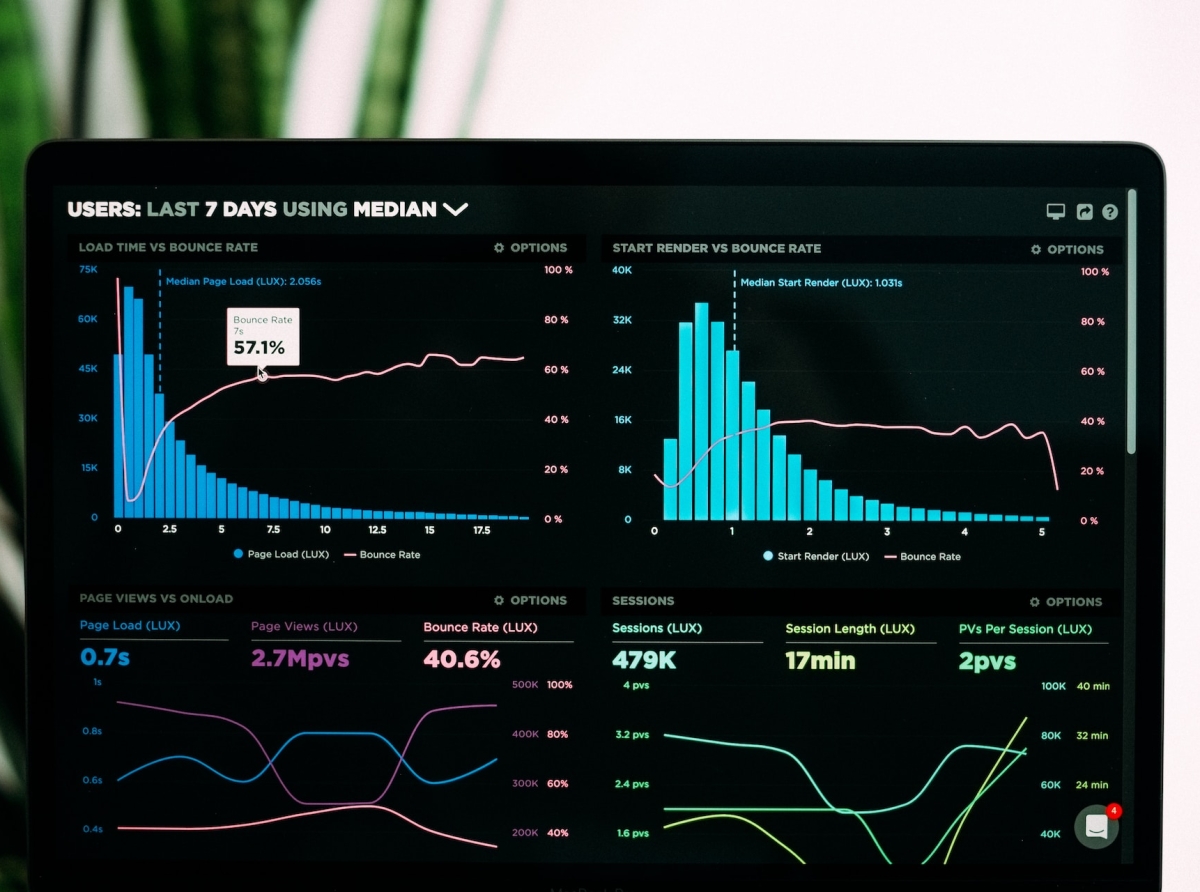Prop trading companies. What trading strategies are used?

Are you interested in the inner workings of trading companies? Curious to know what strategies they use to stay ahead in the fast-paced world of trading? In this article, we'll dive into the world of prop trading and take a look at the different strategies used by these companies. So, if you want to get an insight into their methods and learn how you can apply them to your trading, read to the end!
Exploring the Trading Strategies Utilized by Prop Trading Companies
Introduction: Explaining the concept of prop trading companies and their role in financial markets.
Overview of prop trading strategies: Discussing the various trading strategies employed by prop trading companies, such as statistical arbitrage, high-frequency trading, and momentum trading.
Case studies: Presenting real-life examples of successful prop trading strategies used by renowned prop trading firms and their impact on market movements.
Risks and challenges: Analyzing the potential risks associated with prop trading strategies, including market volatility, regulatory compliance, and liquidity concerns.
Conclusion: Highlighting the importance of understanding the intricacies of prop trading strategies for investors and traders looking to navigate financial markets effectively.
Introduction: Explaining the concept of prop trading companies and their role in financial markets.
Overview of prop trading strategies: Discussing the various trading strategies employed by prop trading companies, such as statistical arbitrage, high-frequency trading, and momentum trading.
Case studies: Presenting real-life examples of successful prop trading strategies used by renowned prop trading firms and their impact on market movements.
Risks and challenges: Analyzing the potential risks associated with prop trading strategies, including market volatility, regulatory compliance, and liquidity concerns.
Conclusion: Highlighting the importance of understanding the intricacies of prop trading strategies for investors and traders looking to navigate financial markets effectively.

Prop trading companies. What trading strategies are used?
Prop trading companies. What trading strategies are used?
1. Introduction: Explaining the concept of prop trading companies and their role in financial markets.
Proprietary trading, also known as prop trading, is a practice where financial institutions trade on their own behalf using their own capital to generate profits. These institutions are known as prop trading companies and play a significant role in the global financial markets. Unlike traditional investment banks that primarily execute trades on behalf of clients, prop trading firms focus on making profits through speculative trading strategies.
Prop trading companies employ skilled traders who analyze market trends, identify opportunities, and execute trades with the firm’s capital. These firms often have access to sophisticated technology and research tools that enable them to make quick decisions based on market data. Prop traders are driven by profit-making objectives rather than client mandates.
2. Overview of prop trading strategies: Discussing the various trading strategies employed by prop trading companies, such as statistical arbitrage, high-frequency trading, and momentum trading.
There are several types of strategies used by prop traders to generate profits in the financial markets. One popular strategy is statistical arbitrage, which involves taking advantage of price discrepancies between related securities or instruments. Traders use mathematical models and statistical analysis to identify these discrepancies and execute trades accordingly.
Another common strategy employed by prop traders is high-frequency trading (HFT). HFT utilizes advanced algorithms and high-speed computers to execute a large number of trades within milliseconds or microseconds. This strategy takes advantage of small price inefficiencies that may exist for very short periods of time.
Momentum trading is yet another strategy utilized by prop traders. It involves identifying stocks or assets that are experiencing significant price movements in one direction and then entering positions accordingly with the expectation that these trends will continue for a certain period.
3. Case studies: Presenting real-life examples of successful prop trading strategies used by renowned prop-trading firms and their impact on market movements.
One notable example is Renaissance Technologies LLC’s Medallion Fund, which has consistently delivered exceptional returns for its investors. Renaissance Technologies employs a combination of quantitative and statistical models to identify patterns in financial markets. This approach has allowed them to generate substantial profits, often outperforming traditional investment strategies.
Another example is Citadel LLC, which utilizes a multi-strategy approach that includes market-making, high-frequency trading, and global macro strategies. Citadel’s success can be attributed to its ability to adapt and diversify its trading strategies based on changing market conditions.
The impact of these prop trading firms on market movements cannot be ignored. Their large-scale trades can potentially influence supply and demand dynamics, leading to price fluctuations in various asset classes. However, it is important to note that their activities are closely monitored by regulators to ensure fairness and stability in the markets.
One notable example is Renaissance Technologies LLC’s Medallion Fund, which has consistently delivered exceptional returns for its investors. Renaissance Technologies employs a combination of quantitative and statistical models to identify patterns in financial markets. This approach has allowed them to generate substantial profits, often outperforming traditional investment strategies.
Another example is Citadel LLC, which utilizes a multi-strategy approach that includes market-making, high-frequency trading, and global macro strategies. Citadel’s success can be attributed to its ability to adapt and diversify its trading strategies based on changing market conditions.
The impact of these prop trading firms on market movements cannot be ignored. Their large-scale trades can potentially influence supply and demand dynamics, leading to price fluctuations in various asset classes. However, it is important to note that their activities are closely monitored by regulators to ensure fairness and stability in the markets.
4. Risks and challenges: Analyzing the potential risks associated with prop-trading strategies, including market volatility, regulatory compliance, and liquidity concerns.
Prop trading involves significant risks that need careful consideration. Market volatility poses one of the biggest challenges as sudden price movements can lead to substantial losses if not managed properly. Moreover, regulatory compliance is crucial for prop trading companies as they must adhere to strict rules governing their activities.
Liquidity concerns are also relevant for prop traders as they often engage in high-volume trades that require deep markets with sufficient liquidity. Illiquid or thinly traded assets may pose difficulties when trying to execute large positions or exit trades quickly without disrupting prices.
Prop trading involves significant risks that need careful consideration. Market volatility poses one of the biggest challenges as sudden price movements can lead to substantial losses if not managed properly. Moreover, regulatory compliance is crucial for prop trading companies as they must adhere to strict rules governing their activities.
Liquidity concerns are also relevant for prop traders as they often engage in high-volume trades that require deep markets with sufficient liquidity. Illiquid or thinly traded assets may pose difficulties when trying to execute large positions or exit trades quickly without disrupting prices.
5. Conclusion: Highlighting the importance of understanding the intricacies of prop-trading strategies for investors and traders looking to navigate financial markets effectively.
Understanding prop-trading strategies is essential for investors and traders seeking success in financial markets. While these strategies can yield significant profits when executed skillfully, they also come with inherent risks that need careful consideration.
Investors should be aware of the impact these firms have on market movements but should not solely rely on their actions when making investment decisions. It is crucial to conduct thorough research and analysis using a combination of fundamental and technical analysis tools.
By understanding the intricacies of prop-trading strategies, investors and traders can make more informed decisions, mitigate risks, and potentially enhance their own trading performance.
trading strategies, prop trading companies, exploring
Understanding prop-trading strategies is essential for investors and traders seeking success in financial markets. While these strategies can yield significant profits when executed skillfully, they also come with inherent risks that need careful consideration.
Investors should be aware of the impact these firms have on market movements but should not solely rely on their actions when making investment decisions. It is crucial to conduct thorough research and analysis using a combination of fundamental and technical analysis tools.
By understanding the intricacies of prop-trading strategies, investors and traders can make more informed decisions, mitigate risks, and potentially enhance their own trading performance.
trading strategies, prop trading companies, exploring









Report
My comments